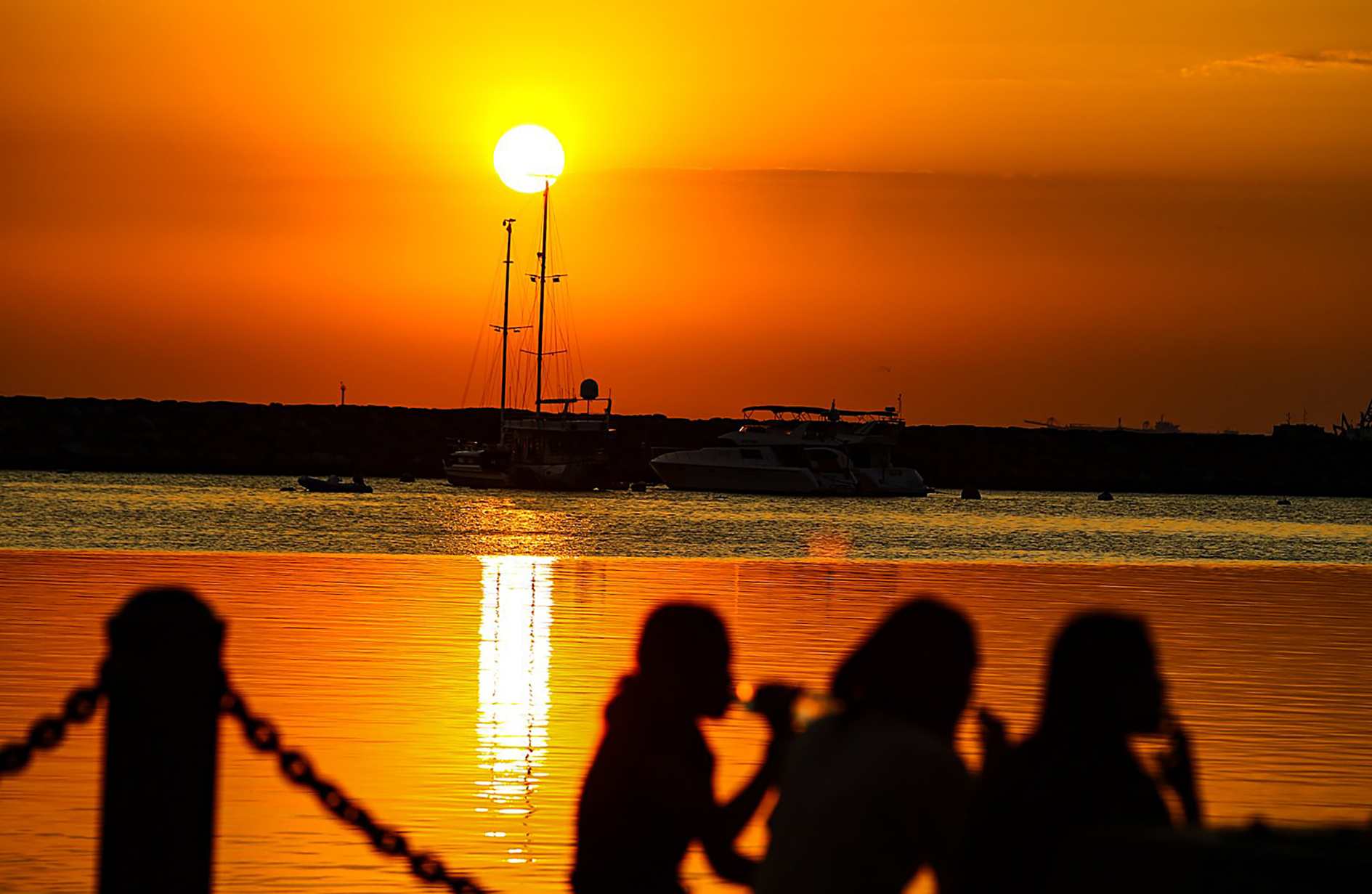
By Brian Jules Campued
Get a good night’s sleep tonight, folks… for it’s gonna be a loooong day, at least on Friday — as the June solstice marks the longest day and shortest night of the year among countries in the Northern Hemisphere, including the Philippines.
In its astronomical diary for June, the Philippine Atmospheric, Geophysical and Astronomical Services Administration (PAGASA) announced the summer solstice will occur at 4:51 a.m. when the sun reaches its highest northern position in the sky.
“On this day, the sun reaches its highest northern position in the sky, in the constellation of Cancer at a declination of 23.5°NA,” PAGASA said.
“Astronomers mark this day as the start of summer in the northern hemisphere, and winter in the southern hemisphere,” it added.
For Metro Manila in particular, the day will last 13 hours on Friday, with sunrise at 5:28 a.m. and sunset at 6:27 p.m.
During the summer solstice, the Department of Science and Technology (DOST) explained, people may take advantage of the extra daylight hours to enjoy outdoor activities. Others congregate to celebrate the astronomical event as influenced by their culture and history.
The United Nations declared June 21 as the International Day of the Celebration of the Solstice in recognition of the relevance of solstices and equinoxes when it comes to the fertility of the land, agricultural and food production systems, as well as cultural heritage.
“The General Assembly of the United Nations acknowledged that the celebration of those events is an embodiment of the unity of the cultural heritage and centuries-long traditions, and further play a significant role in strengthening the ties among peoples on the basis of mutual respect and the ideals of peace and good-neighborliness,” the international body said.
Derived from the Latin “sol” (sun) and “sistere” (to stand still), a solstice occurs twice every year — known as the summer solstice in June and the winter solstice in December. – avds
